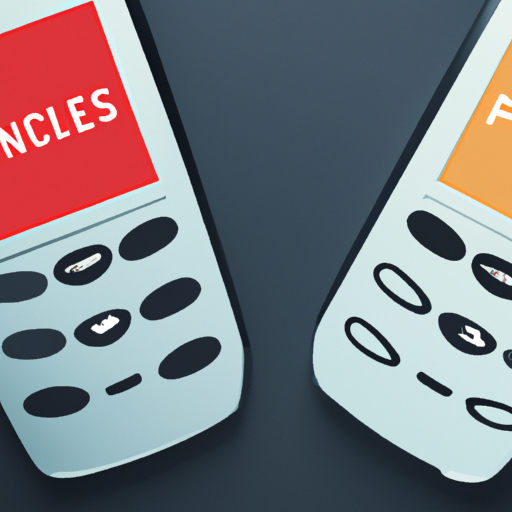In recent years, the surge in the adoption of contactless payment solutions has reshaped the landscape of digital transactions. Driven by technological advancements and a shift in consumer behavior, these cashless transactions are becoming the preferred method of payment for many.
What Are Contactless Payment Solutions?
Contactless payment solutions utilize NFC (Near Field Communication) technology, allowing consumers to make payments by simply tapping their card or mobile device on a payment terminal. This method not only speeds up the transaction process but also enhances user convenience, which is paramount in today’s fast-paced lifestyle.
The Growing Popularity of Mobile Payments
As smartphone adoption continues to rise, so does the popularity of mobile payments. Applications such as Apple Pay, Google Wallet, and Samsung Pay serve as exemplary models, enabling users to make quick transactions without the need for cash or physical cards. This trend indicates a clear shift towards digital wallets among consumers, showing their preference for seamless payment experiences.
Benefits of Contactless Payments
- Speed: Transactions can be completed in seconds, reducing wait times for consumers and businesses.
- Security: Contactless payments use encryption and tokenization to protect sensitive financial information.
- Convenience: Users can leave their wallets at home and rely on their phones for most transactions.
- Hygiene: Especially relevant post-pandemic, contactless transactions minimize physical contact.
Challenges and Considerations
Despite the benefits, contactless payment solutions are not without their challenges. Security concerns about data breaches, technological compatibility, and consumer education are vital areas that need addressing as adoption increases. Ensuring secure platforms and educating users about safe practices will be critical.
Conclusion
The rise of contactless payment solutions marks a significant turning point in the financial services industry. As we become increasingly reliant on technology for daily transactions, businesses and consumers must adapt to stay ahead of this trend. The future is undoubtedly moving towards a more connected and cashless economy.
With their numerous benefits, it’s clear that contactless payments are here to stay, paving the way for a new era of financial transactions.





